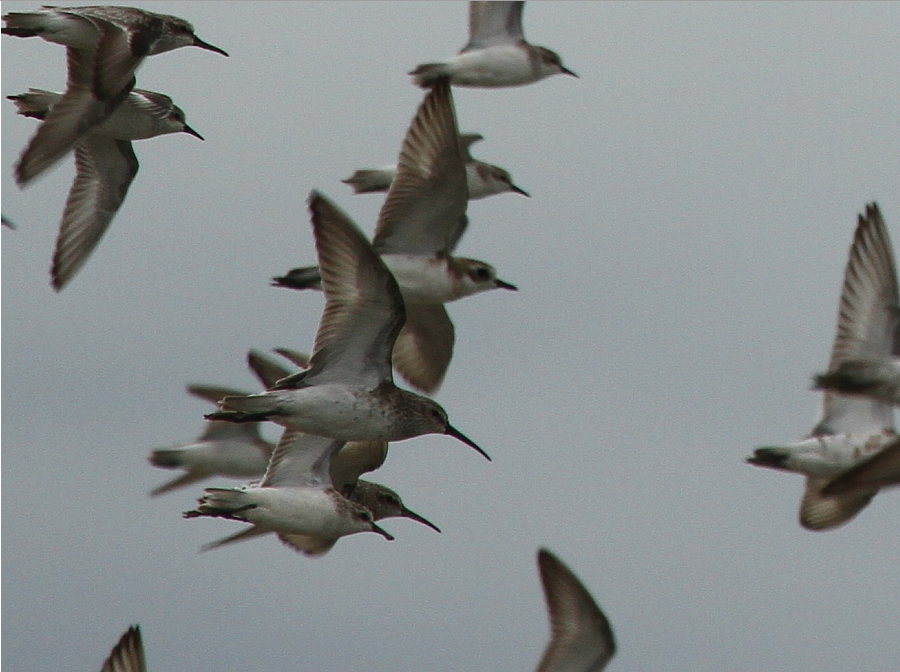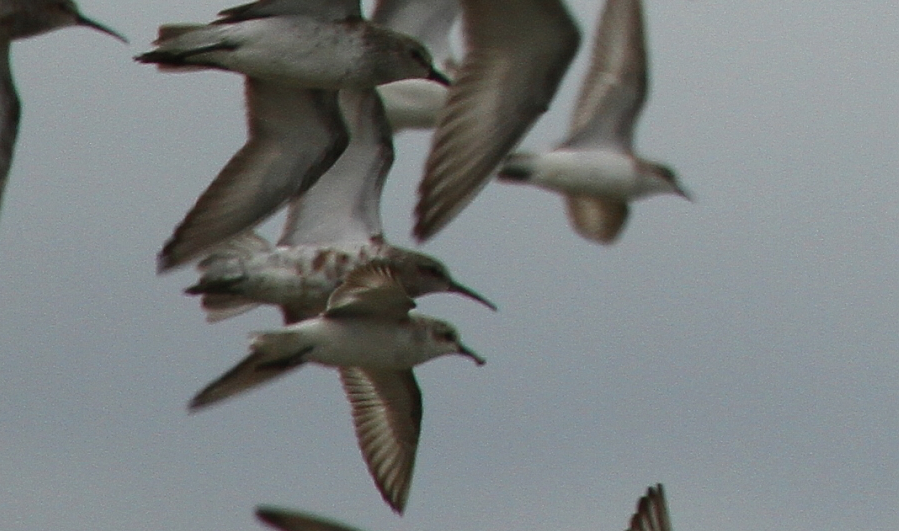As Bill Oddie once wrote, one of the big the differences between birding and train-spotting is the element of chance. If you’re an avid train-spotter, with enough money and time, and an accurate train timetable, you can see every train out there with some level of certainty. With birds, things are much less predictable, and it’s precisely this element of chance which makes birding so exciting and, yes, addictive!
Over the last 40 odd days, many of us have been confined to our homes by the COVID19 virus. I decided to try to spend some time outdoors every day to see what birds are around my home (I have fairly recently moved house). At the beginning of the period, everything was new, everything was interesting. But after 6 weeks of seeing more or less the same species in more or less the same places at more or less the same time of day, it is the chance of the thrill of finding a new bird for my “patch” which keeps me going out. It’s the same with birding your local area, your state, your country or even, for some people, the entire planet. Everyone loves to see something new!
The fact that seeing something new is desirable can itself be a problem. The desire to see a new bird can mess with our head, and mistakes can be made because we have a natural bias to want it to be something rare rather than something common. So there’s a need for caution!
When I come across something which looks a bit different, I can feel it physically! The heart starts to beat a little faster and the adrenaline starts flowing. Nine times out of ten, that excitement is short-lived as I realise, on closer inspection or with a clearer view, that what I thought might be something rare is in fact something common.

This process of re-evaluation and admitting when one has made a mistake is healthy and should not be a cause for shame. Everyone makes mistakes, it’s just that most of us don’t want to admit them! If I am birding with someone else, I would much rather they call my attention to a bird they think is rare, even if it turns out not to be, than for them to say nothing until they are sure, and it has disappeared from view!
So, first impressions can be mistaken, and that’s OK. Rarities are called rarities because they don’t come along very often!

If I think I might have found something unusual, here are the first things I try to do:
- Stay on the bird! The temptation might be to immediately look away try to get others onto the bird, and in the excitement, it’s easy to lose it altogether. So I try to fix the position of the bird in my mind (by noting its position relative to other birds or bits of vegetation, etc.) until I am pretty confident I can refind it again. If I don’t think I can confidently refind it, I will keep watching the bird while trying my best to describe where it is to others present.
- I will try to keep watching it until I am as certain as I can be of what I am seeing (or at least until I am sure it’s something new), making mental notes of the key identification features I can see. As soon as I have these, if it’s feasible, I will switch to the camera to try to get some photos, or to a recording device, if the bird is calling and its vocalisations are distinctive.
- Even as I switch to the camera, I will keep trying to notice things, like its size relative to other birds, its behaviour, etc. and I will be asking myself, “Why is it not a…[whatever the common alternative is]?
- Once I think I have enough data to have “nailed the identification” (which may be a combination of getting decent enough photos, sound recordings and mental notes), I will try to make a record of my observations (usually via the voice recorder on my phone these days), and I will continue to do this while simultaneously watching the bird for as long as I can.
- By this time, if the bird is still present, things will have calmed down a bit internally, and I can start to enjoy watching the bird. It’s also time to think about “getting the news out” (letting others who are not present know about the bird). There a few things to consider in this regard:
- The welfare of the bird, and other birds/wildlife in the vicinity – how would they be impacted by large numbers of people visiting? Are there nesting birds in the area? Every situation is unique, so you have to make a decision based on the information you have
- The local (human) community – how would large numbers of visitors affect them in their privacy or ability to earn their livelihood? Will parked cars block access roads or be a traffic hazard? Might crops be damaged?
- Consider asking local people about these things, and respect their views.
- If large numbers of birders arriving simultaneously would create problems, consider a phased release of the news, so that only small numbers of people come at any one time. This is difficult to manage, as it relies on others respecting confidentiality, but I have seen it work well in some situations.
- As soon as the bird has definitely gone, or as soon as I take a break from watching it, I will try to write down or record more detailed notes (to be transcribed later). These notes will become the basis of a more formal written description which I will write up later to document the sighting.
- Most countries have a National Records Committee which assesses rare records, and they usually have a standard Record Submission Form to be filled in. The one for Malaysia can be downloaded here. The same page gives more hints and details about how to complete the form. I will usually wait till the bird has left the area before submitting the form, so that I can fill in the last date seen.
With more challenging identifications, some sightings may not be identified to species level immediately, or even ever! Even in such cases, the discipline of observing and documenting well is rarely wasted. For example, during this lockdown period I have revisited an observation I made 7 years ago, which, it turns out, may have been something a lot rarer than I thought at the time. Fortunately, I still have my notes and photos.
